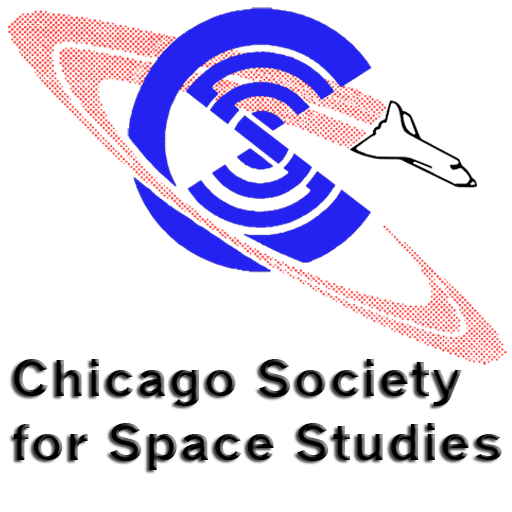In May of 2006, Dr. David Criswell became aware of this article and contacted me to resume our debate about the relative merits of Lunar Solar Power (LSP) stations vs. lunar-resources-derived GEO SPS.
Dr. Criswell said that all of his comparisons were toward the GD-Convair study, which included SPS where 90% of the construction materials were lunar-derived (SSI later calculated this number could be boosted to 99% for SPS designs optimized for use of lunar materials). I’m sure my previous comment in this article would have been based on me going through the Criswell papers looking specifically for references to O’Neill or to manufacturing in HEO. Dr. Criswell went on to say he had calculated LSP could provide power at a cost 1/50 that of power delivered from SPS built as O’Neill had recommended.
Interestingly, Criswell said the GD-Convair study judged the lunar-material-derived SPS option less risky than the Earth-launched one for several issues, among them the environmental damage which would doubtless be done to the upper atmosphere of Earth by all of those thousands of mega-rockets thundering upward.
One very good point Dr. Criswell raised was that GEO SPS might suffer from an orbital debris problem absent from the lunar surface. My take on this is that hopefully a significant manned operational capability in GEO might mean a better ability to manage and combat the debris problem. But Criswell relates the severity of this hazard with the surface area of the satellites in GEO. To say that SPS would lead to a significant increase in this area is putting it mildly, to say the least.
He says that my emphasis on the day/night cycle of the moon and my assumption of a 2-to-1 advantage for GEO is wrong, making the point that GEO SPS, being a baseload (flat) source of power, must be similarly oversized around 2x in order to meet peak power demands. But I’m not convinced this is the best argument, since an oversized GEO SPS can obviously be selling excess power to secondary markets during off-peak hours.
Despite the fact Dr. Criswell brought up much new and helpful information and helped me appreciate certain aspects of LSP a bit better, I still can’t entirely rid myself of the conviction a planetary bias may be involved here. When he says, “The Moon exists. You do not have to build it, and you can use its materials,” I think we’re veering from the point. The O’Neill proposal agrees the moon is the right source for the materials, and I don’t think our choice is between building an orbital ore refinery or not, it’s between building a refinery in orbit or on the lunar surface. Ditto manufacturing facilities.
It can’t be denied lunar materials take a much longer path in the O’Neill scenario vs. LSP, and Criswell rightly points out that the more steps, the greater the expense. But lunar lift costs are a one-time expense. The 50% duty cycle resulting from the moon’s day/night cycle is an operational disadvantage which lasts the lifetime of the power plant.
On the other hand, there are some at SSI who tell me there are too many unknowns to conclude that Criswell isn’t right, and that power beaming from the moon should not present major problems.
I’ll say that if Dr. David Criswell has come up with an alternative to SPS which can undersell it by a factor of 50, then he’s done more to advance us toward space settlement in recent decades than anyone. There could be no doubt his LSP scenario would lead to the High Frontier. For example, any universe in which many thousands of square kilometers of the moon’s surface is being coated in photovoltaic arrays, the manufacture of a lunar mass driver (the most massive part of which would be its PV array) would certainly be done on the lunar surface from local materials instead of it being sent up as a kit from Earth. Thus, in a future Criswell presents us, an important component of the O’Neill vision becomes trivially easy to manufacture.
Mike Combs, May, 2006
Return to Mike Combs Space Settlement Collection Index
This content is a part of the Mike Combs Space Settlement collection and is provided as a courtesy of the Chicago Society for Space Studies and Mike Combs.
